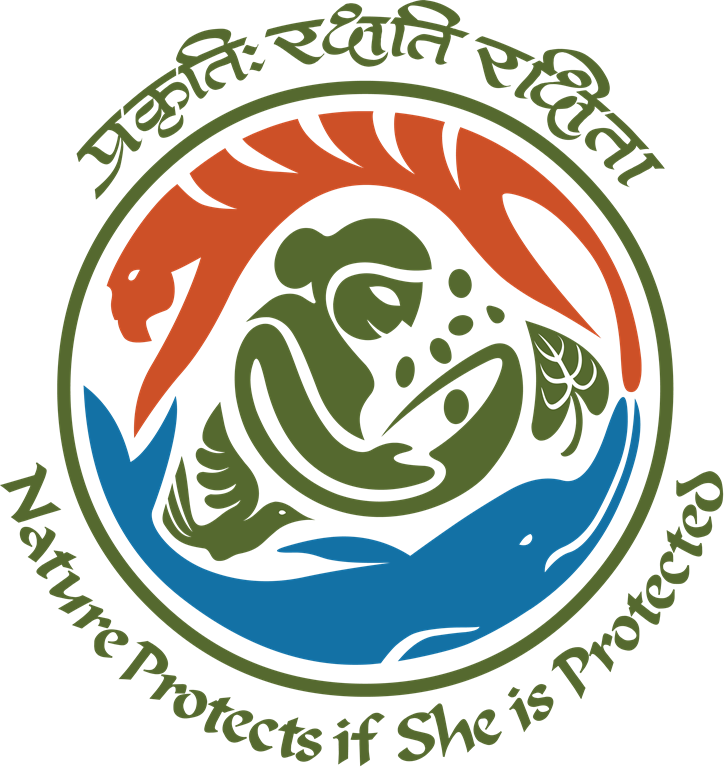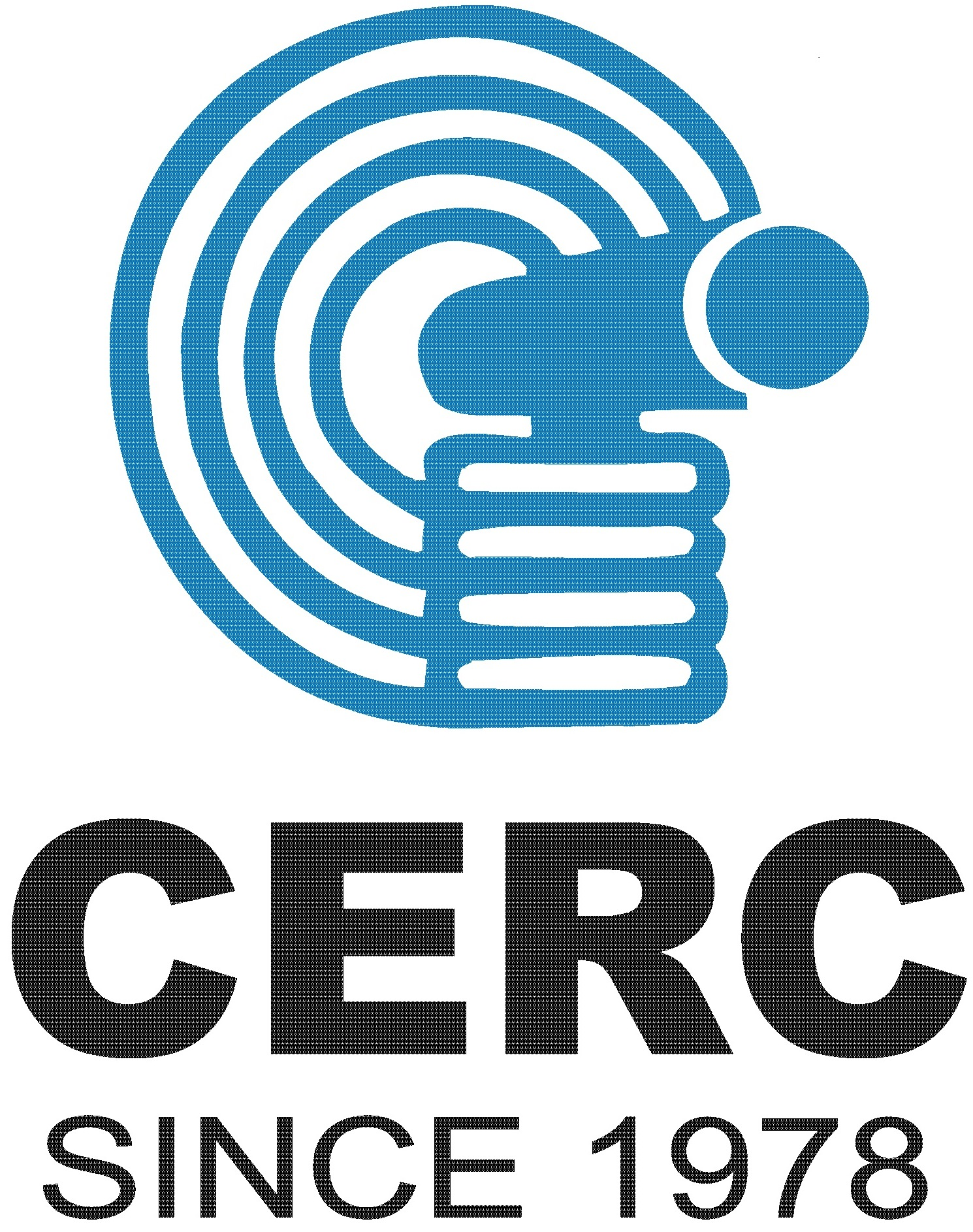The misleading advertising and labelling for the purpose of promoting a product or a business interest is unethical and illegal. Businesses should not make any performance claims unless they can back them up.
What is a misleading advertisement?
Any advertisement or promotion through Television, Radio, or any other electronic media, Newspapers, Banners, Posters, Handbills, wall-writing, etc. to misrepresent the nature, characteristics, qualities, or geographic origin of goods, services or commercial activities so as to mislead the consumer could be broadly defined as a misleading advertisement.
Consumer Education and Research Centre and CERC-ENVIS do monitoring and analysis of advertisements in the national media and large parts of vernacular media (print, audio, video). It complaints to regulatory bodies for rectification/withdrawal of ads, penalties on advertisers.
What is a misleading advertisement?
Any advertisement or promotion through Television, Radio, or any other electronic media, Newspapers, Banners, Posters, Handbills, wall-writing, etc. to misrepresent the nature, characteristics, qualities, or geographic origin of goods, services or commercial activities so as to mislead the consumer could be broadly defined as a misleading advertisement.
Consumer Education and Research Centre and CERC-ENVIS do monitoring and analysis of advertisements in the national media and large parts of vernacular media (print, audio, video). It complaints to regulatory bodies for rectification/withdrawal of ads, penalties on advertisers.
For awareness creation here are products and services claiming GREEN…….
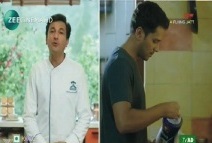
The television commercial (TVC) of Quaker Oats shows celebrity chef Vikas Khanna telling viewers about a doctor who works 24-hour shifts and is sustained by eating Quaker Oats. He goes on to say that the product has “2X more protein and fibre”. Double the protein and fibre as compared to what? The disclaimer is barely readable. The advt also makes the lofty claim that eating Quaker Oats gives you “nutritious energy that keeps you going”. We complained about the advt.
ASCI referred to an earlier complaint where it had found the TVC misleading by ambiguity and omission. ASCI had observed that while the disclaimer explained that the protein and fibre content in Quaker Oats was compared to cornflakes, this should have been conveyed in the voice over itself. The advertiser did not submit a consent letter from the celebrity. Hence, ASCI concluded that the TVC contravened ASCI Guidelines for Celebrities in Advertising.
Norms violated
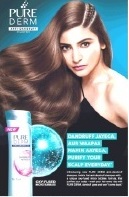
Voot App – Disregard for safety Dangerous acts The print advt of Pure Derm shampoo endorsed by Anushka Sharma claims it is “India’s first anti-dandruff shampoo with a unique oxy-fused micro bubbles formula”. It goes on to say: “Wash your hair everyday with Pure Derm, dandruff goes and won’t come back”. Skeptical, we had several queries. What is oxy-fused micro bubbles formula? How long does the effect of “no dandruff” continue after the use of shampoo is discontinued? The advertiser submitted technical details to explain the first query. As for the second claim, it said the matter was sub judice.
The advertiser said the claim is not to be interpreted to mean complete ‘elimination’ of dandruff and meant ‘reduction’. However, ASCI said the claim was misleading by exaggeration. As the advertiser did not furnish any evidence of the consent of the celebrity for the efficacy claim, ASCI concluded that the print advt was in contravention of the Guidelines for Celebrities in advertising.
Just lather?
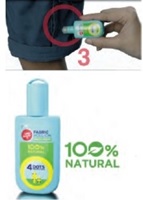
A child does not pay heed to his mother’s instructions to protect himself from being bitten by mosquitoes. So his mother uses Good Knight Fabric Roll On and puts four drops on his clothes. The product is supposed to be 100% natural. We were not convinced by these claims and complained to GAMA.
The inappropriate testing methodology and incomplete test data presented by the advertiser led ASCI to conclude that the claims on the efficacy of the product were not well substantiated. In addition, the need to apply coin-sized dots of the product was not made clear in the advt. Also, the child is shown not wearing his shirt. So, how could the product – which is to be applied on clothes – be effective? The claim of 100% natural ingredients was also not substantiated. The CCC noted the advt was misleading by exaggeration and omission. The TVC contravened Chapters I.1 and I.4 of the ASCI Code. The advertiser was asked to withdraw or modify the advt.
Unsubstantiated claims
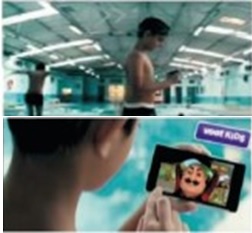
Voot App – Disregard for safety Dangerous acts The television commercial (TVC) of Voot mobile app shows a child walking on the edge of a swimming pool with this eyes glued to his phone watching a cartoon. The TVC also shows a youngster walking on the footpath while watching a show using Voot mobile app. As both these are potentially dangerous actions, we complained to the Grievances Against Misleading Advertisements (GAMA) portal. The advertiser argued that the content was a promo and not a TVC and hence could not be judged on the basis of commercial self-regulation. However, the Consumer Complaints Council (CCC) of the Advertising Standards Council of India (ASCI) disagreed. It concluded that the two specific scenes of the TVC which CERC had objected to show unsafe/dangerous practices without justifiable reason, manifest a disregard for safety and encourage negligence. The actions shown are likely to encourage minors to emulate such acts in a manner which could cause harm or injury. Hence, the TVC contravened Chapters III.2 (b) and III.3 of the ASCI Code. The advertiser has assured ASCI that the said advertisement is off-air.
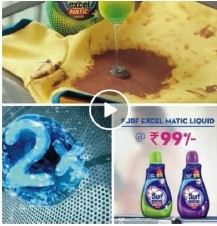
“Get 2 times more power with Surf Excel Matic Liquid” said the advertisement on Facebook. Two times more power than what? In the absence of any clarity, we lodged our complaint with GAMA. The advertiser responded that the claim was based on a third-party study. It had concluded that Surf Excel Top Load Matic Liquid detergent shows overall superior performance as compared to Surf Excel Top Load Matic Powder and Surf Excel Quick Wash Powder where the powders were used at two times the dosage of liquid.
ASCI observed that although the claim “Get 2 times more power with Surf Excel Matic Liquid”, was substantiated against the advertiser’s own products, it does not specify in the advertisement what the product is being compared to. It was misleading by omission as there was no disclaimer to mention the basis of comparison. The advertisement contravened Chapter I.4 of the ASCI Code. As such, the advertiser was asked to withdraw or modify the advt.
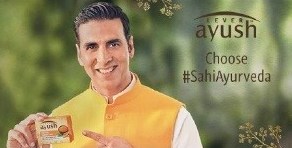
In the Lever Ayush television commercial (TVC), Akshay Kumar says: “just by showing green leaves a product does not become ayurvedic. Real ayurved is Lever Ayush” He goes on to say: “Beware of pretence, choose real ayurved”. How does the company claim that its soaps are real ayurvedic products while others are not? In response to our complaint, the Advertising Standards Council of India (ASCI) observed: “It is unclear how only Lever Ayush products can be considered real ayurved. By implication the statement was demeaning to all other ayurvedic products. Moreover, no substantiation was given whether the quantities of haldi, saffron and cow’s ghee in the soaps were sufficient to be effective. The TVC contravened chapters I.1, I.4 and IV.1 (e) of the ASCI code. Also the visual and statements of the celebrity were likely to mislead consumers about the efficacy of the products. Hence, the advt also contravened clauses (c) and (d) of the ASCI Guidelines for Celebrities in Advertising.
Unsubstantiated claims

No greasy fingers. Binge irresponsibly.” This is what the print advertisement of Grannary Whole Grain Chips says. Is the amount of whole grain used in significant quantity to be able to have an impact? How do the fingers not get greasy? Is not the product deep fried? Being in the category of HFSS (High Fat, Salt and Sugar) foods it has to be consumed with caution. Hence the statement “Binge irresponsibly” is objectionable. We complained about the advt.
According to the advertiser, the tag line “Binge Irresponsibly” was used in comparison with the general snacking categories available in the market. These words signified the goodness of the product in a light-hearted manner. However, ASCI upheld CERC’s complaint as it felt that the statement “Binge irresponsibly” violated clause 4 of ASCI Guidelines on Advertising of Food and Beverages. As per the clause: “Advertisements should not encourage over or excessive consumption or show inappropriately large portions of any food or beverage.”
Consume with caution
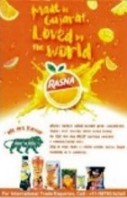
A leaflet for the beverage brand Rasna made tall claims. It said Rasna was ‘Made in Gujarat, loved by the world’, ‘India’s most trusted family owned brand’ and ‘World’s largest selling instant drink concentrate’. We complained to the Grievances Against Misleading Advertisements (GAMA) portal.
The advertiser defended the claims and said they were fully substantiated. It said it wished to pursue the Informal Resolution of Complaints Procedure. However, neither did the company pursue that route nor did it submit any evidence in support of its claims. No product manufacturing location details, world-wide consumer base or market share data was submitted. Advertising Standards Council of India (ASCI) upheld our complaint. It concluded that the claims were not substantiated with any assessment and certification by independent market research organisations. Hence, they were misleading by exaggeration and contravened provisions of Chapters I.1 and I.4 of the ASCI Code. Subsequently, the advertiser withdrew the advertisement.
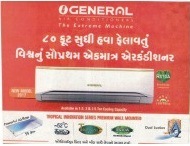
The print advertisement of O General AC made several technical claims – even contradictory ones. According to one claim the product was the ‘World’s first air conditioner with up to 80 feet air flow’, while another claim said ‘Powerful airflow 25 metres’. Other claims filled with unexplained technical jargon were ‘R410A – Eco friendly refrigerant’, ‘Dual Suction’ and ‘Tropical innovation series’. We wanted to know whether the claims could be substantiated with supporting technical data and whether they were features that were unique to this brand.
As no response was received from the advertiser, ASCI upheld our complaint. It concluded that the claim ‘World’s first air conditioner with up to 80 feet air flow’ was not substantiated with any verifiable comparative data of the advertiser’s product and other competing products or any third-party validation. Other claims were not supported with technical data and were misleading. As such, the advt contravened Chapters I.1 and I.4 of the ASCI Code. The advertiser was advised to withdraw or modify the advt.
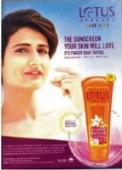
The print advertisement of Lotus Herbals Safe Sun claimed that the product was “finger snap tested” (to prove it wasn’t greasy), “easily absorbed”, “non-oily” and gave the “matte look”. What did the name “Safe Sun” imply? The other claims needed to be substantiated with independent studies. Moreover, the advt claimed that the product was ‘India’s 1st matte gel sunscreen’. We complained to the Grievances Against Misleading Advertisements (GAMA) portal. As no response was received from the advertiser, ASCI concluded that the claims were not substantiated with product efficacy data. Also, the claim, “India’s 1st matte gel sunscreen”, was not substantiated with comparative market survey data with other sunscreen products. All the claims were misleading by exaggeration. The advertisement contravened Chapters I.1 and I.4 of the ASCI Code. The advertiser was advised to withdraw or modify the advt. Absence of data

In the television commercial of Tetley Super Green Tea, Sourav Ganguly is expected to display ‘superhuman’ skills by catching a milk packet, flower pot and soft toy thrown suddenly at him. We objected to the scene showing a flower pot being pushed off the ledge of a balcony. We questioned the quantity of the claimed energy and immunity boosters, vitamins B6 and C. Also, the TVC claimed that the product was the first of its kind in India. We complained to the Grievances Against Misleading Advertisements (GAMA) portal.
They observed that the advertiser had not submitted evidence of conducting a market survey before claiming to be “First time in India”. Also, no data were presented with respect to stability and bio-availability of the vitamins post storage or when the tea was brewed. It was also opined that the flowerpot scene was dangerous and had the potential of encouraging children to imitate such acts. This TVC contravened Chapters I.1, I.4 and III.2 (b) of the ASCI Code. The advertiser agreed to remove the flowerpot scene from the TVC as well as correct the disclaimers.
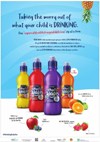
Ocean Fruit Wave fruit drink claimed to contain real fruit juice, glucose, vitamins B3, B6, B9 and B12 and no artificial sweeteners or colours. Moreover, the print advt showed an illustration of fruits saying “You can squeeze those bottles instead of me”. Another illustration of berries had a caption: “Yeah, it’s all me”. We complained about these exaggerated claims.
ASCI referred the advt to its technical expert and upheld two of our objections. The advice to “squeeze the bottles” and have the drink instead of fresh fruit violated ASCI Guidelines on Advertising of Food and Beverages Clause 5 (“mislead as to the nutritive value of the beverage”). Also, regarding the claim “it’s all me”, ASCI felt that the implication was that the product was, in its entire content, the fruit, which is not true. As such, the claim was misleading by implication and violative of the provisions of Chapter 1.1 and 1.4 of the ASCI code. The advertiser has agreed to remove this claim from the advt.
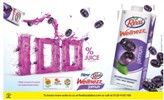
The print advertisement of Real Wellnezz Jamun claims ‘100% juice content’ and ‘900 g Jamun in a pack’. But the pack size is not mentioned. So, it is unclear what the percentage of jamun juice in the product actually is. Also, the product label says: ‘Jamun and mixed fruit juice’. This is confusing. So, we brought the advt to the notice of the Grievances Against Misleading Advertisements (GAMA) portal.
From the advertiser’s response, GAMA concluded that the product may be considered as 100% juice consisting of jamun and mixed fruit juice. While the claim, ‘100% Juice content’ was substantiated, the visual presentation of this claim overly emphasized the visuals of jamun in and around the 100% numerical drawn in purple juice, which implied that the product contained 100% jamun juice. The reference to mixed fruit juice in the advertisement was, in comparison, very fleeting. The advertisement contravened Chapter I.4 of the ASCI Code. The advertiser has been advised to withdraw or modify the advt.

